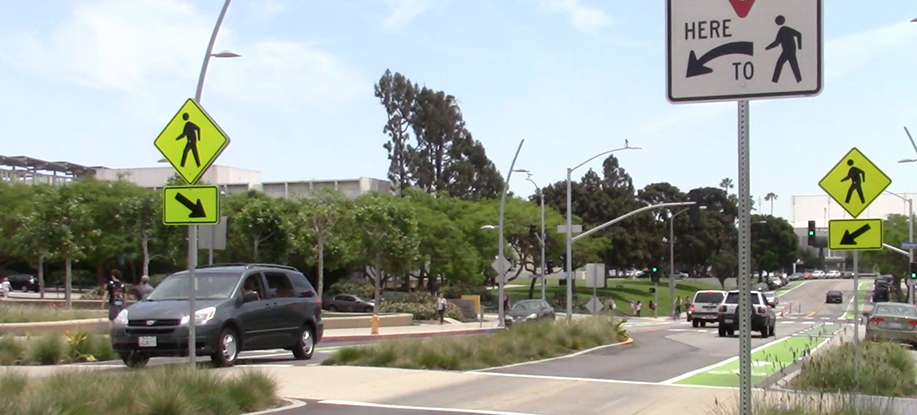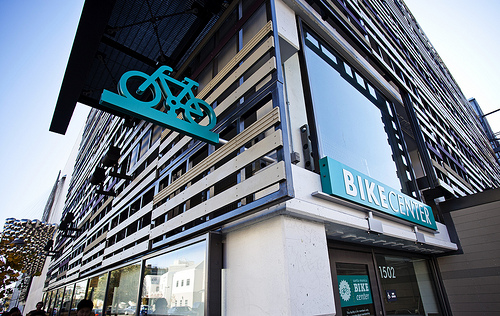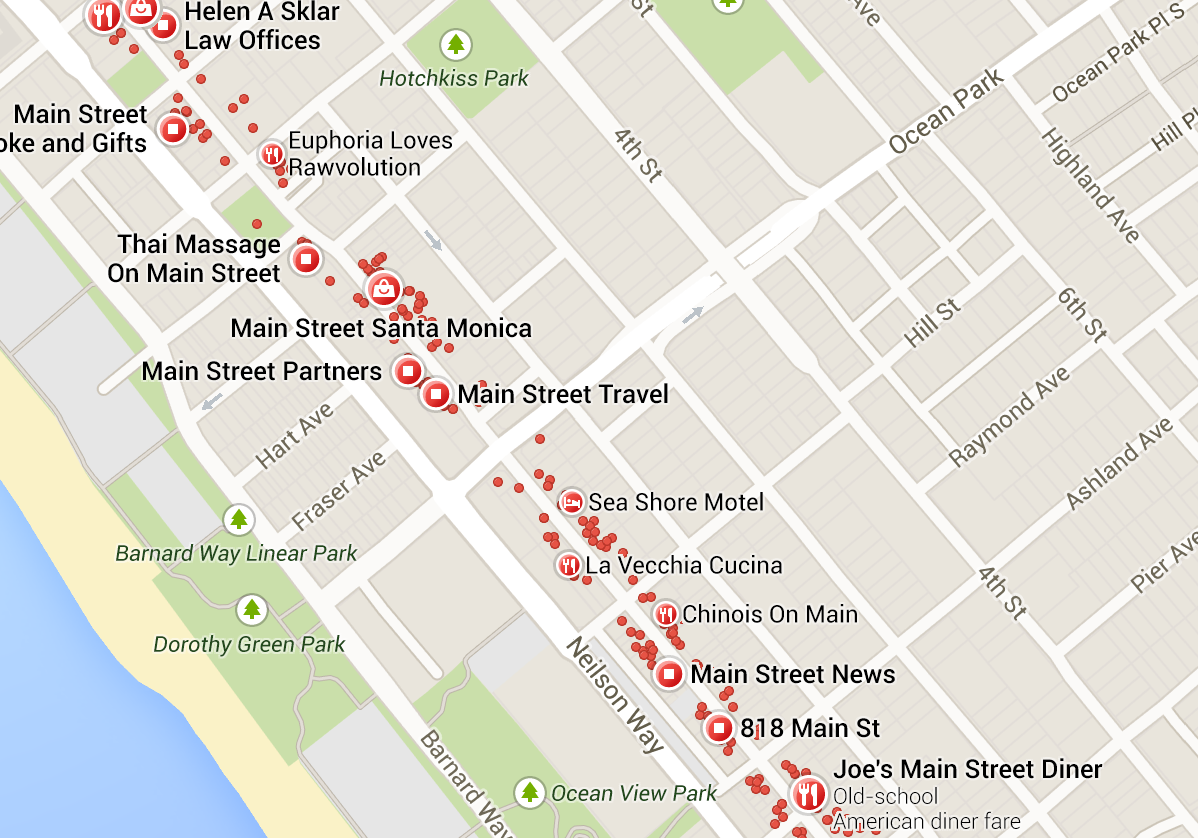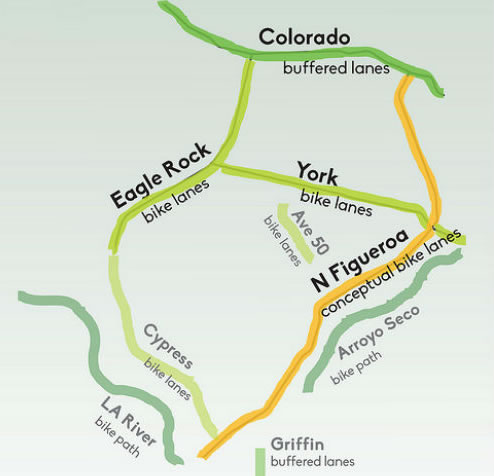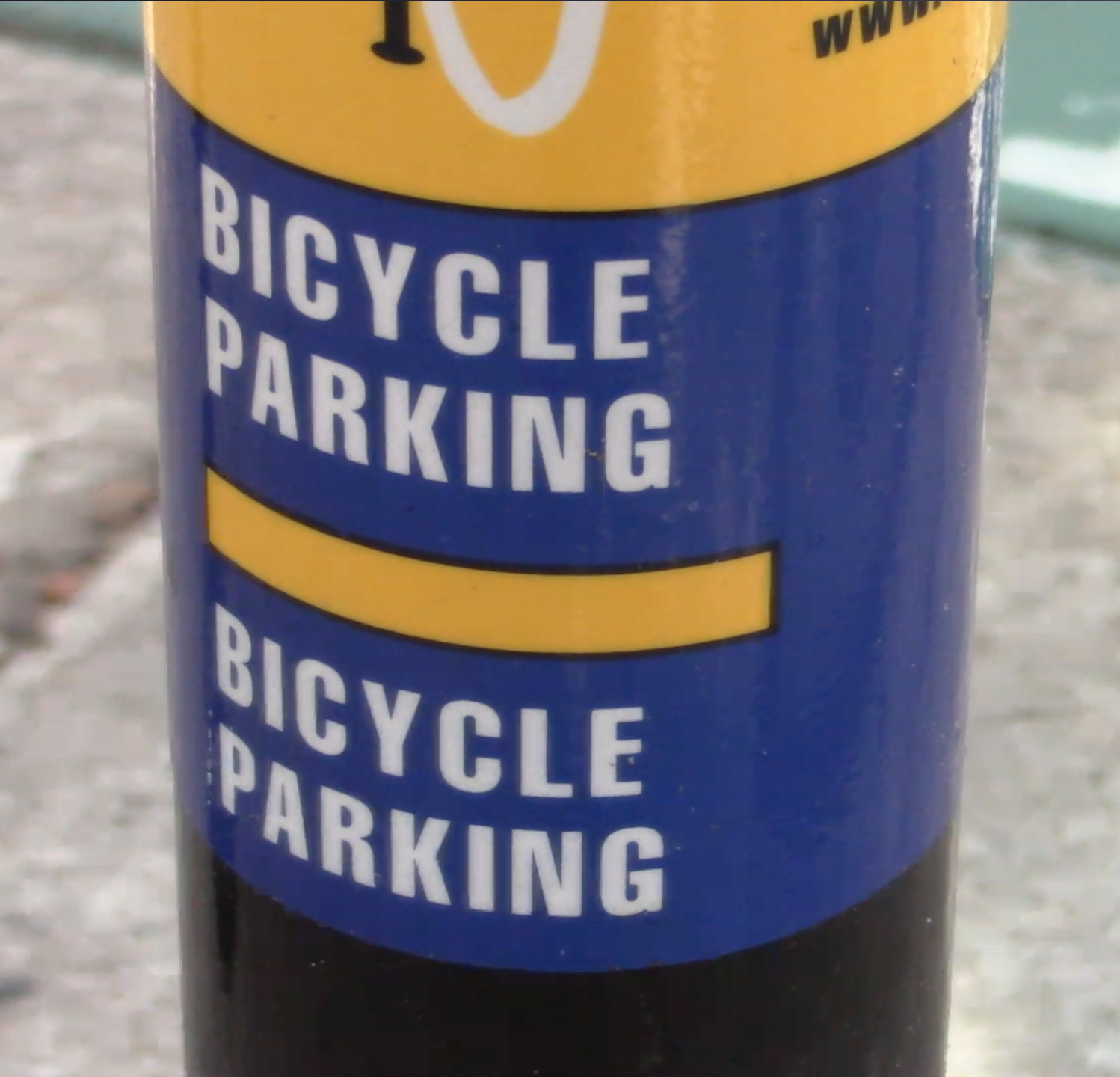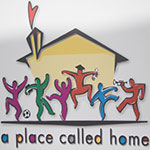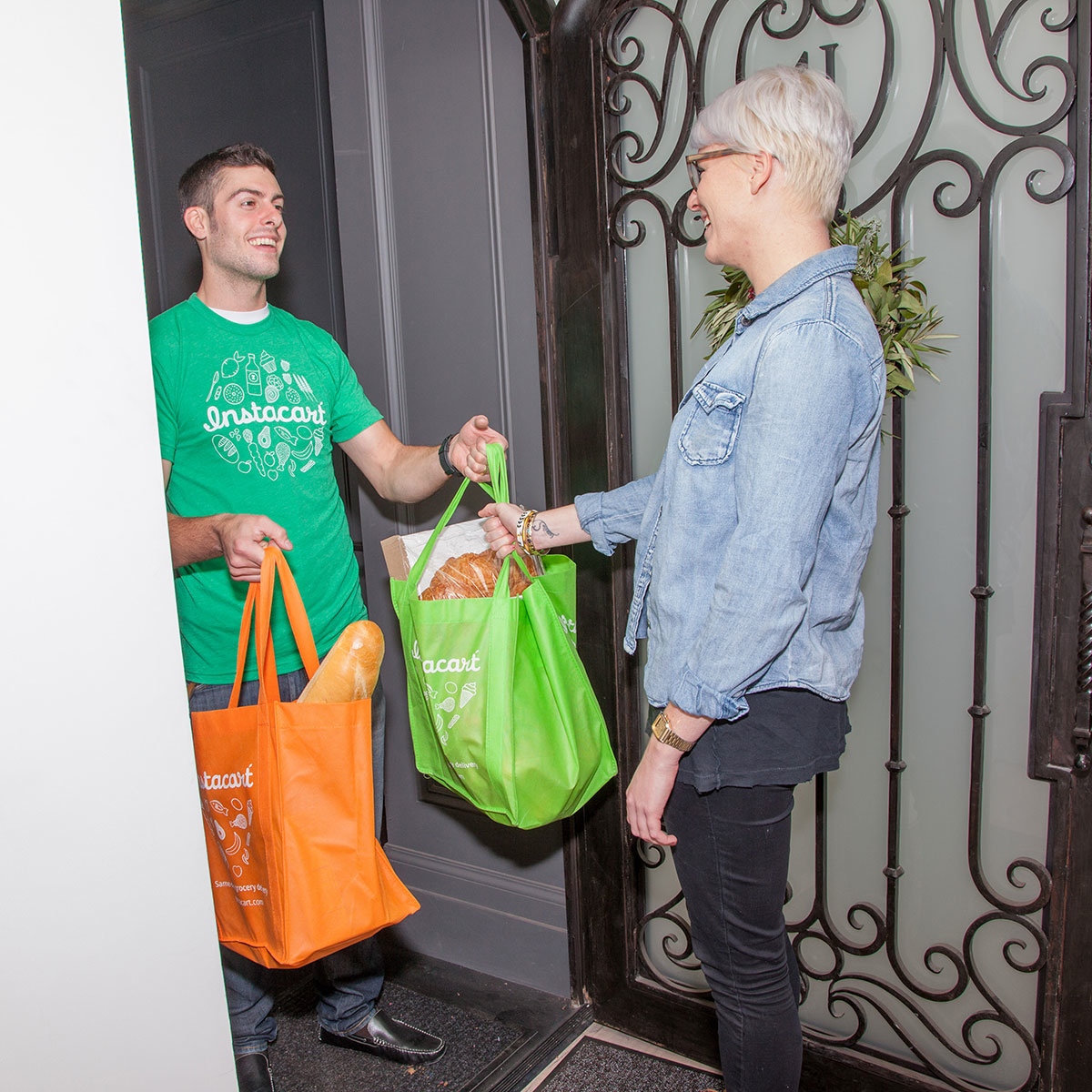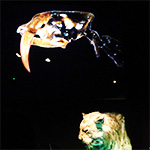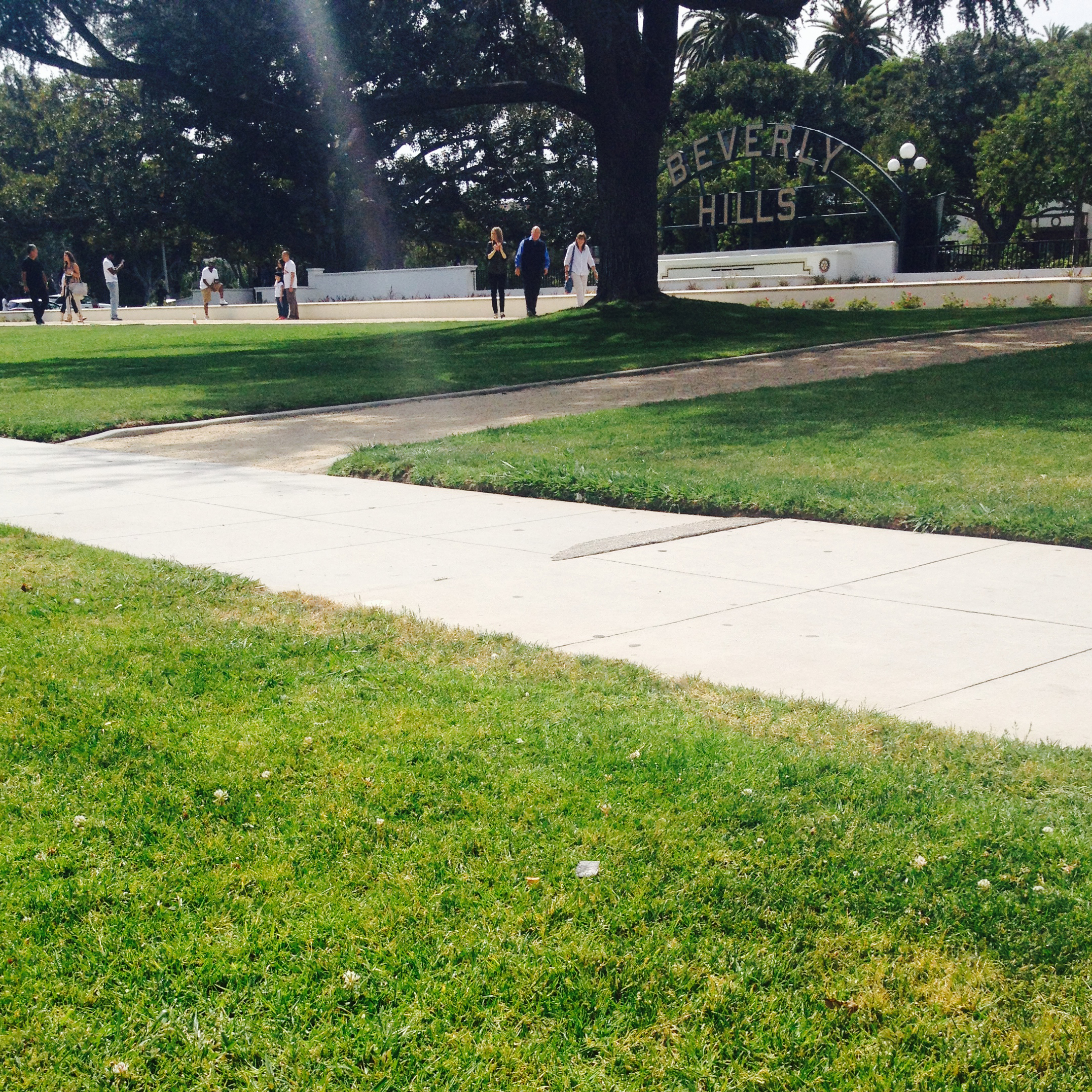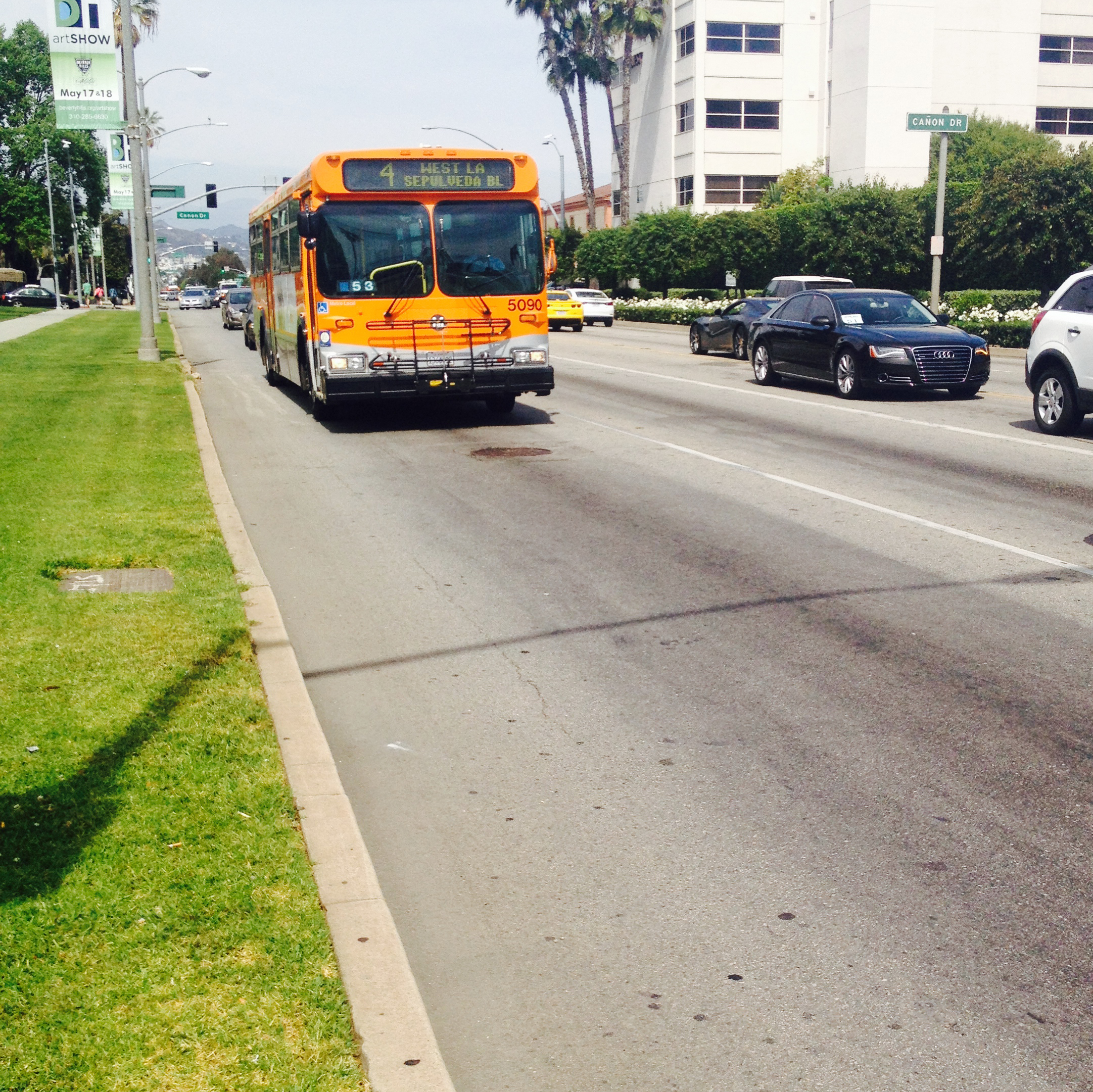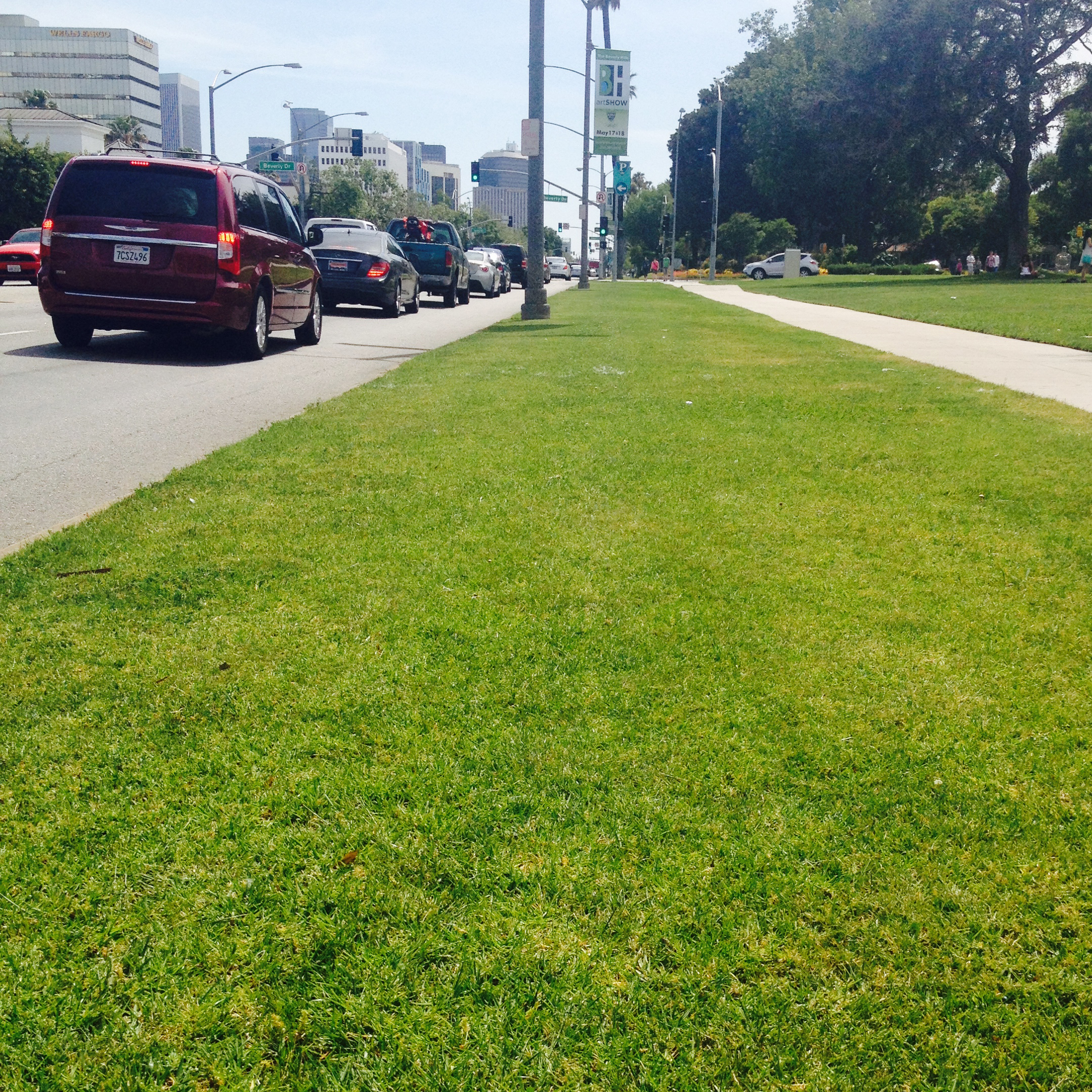A non-profit organization that helps underprivileged kids ages 8-21 years old in South Los Angeles. APCH prides itself on being a "safe heaven" for children.
Online grocery sales account for just one percent in U.S. retail market, but that is changing. A lot of businesses have moved into L.A.’s competitive online grocery market.
Puppeteers at the Natural History Museum and the La Brea Museum at the Tar Pits slip into new roles as prehistoric creatures to combine the power of imagination, wonder and education.
By Ranran Li
There’s never a lack of hit-and-run crash stories in Southern California. Only in 2012, 726 cyclists were killed in motor vehicle related crashes. The death toll increased 6.4% from 2011 to 2012. The most important reason is that today Los Angeles has only less than 100 boulevards and avenues with bike lanes. Under the federal and state policies, a street is complete only when it’s designed to all modes of transportation, including sidewalks, bike lanes, special bus lanes, accessible public transportation stops, safe crossing opportunities and accessible pedestrian signals. Today more and more communities start to realize the bicycle safety issue. Santa Monica and Northeast Los Angeles play leading roles to build bike friendly communities. However, for Beverly Hills, that’s another story.
Santa Monica has long been leading in developing bike culture. Last year, it was named the fifth most bike-friendly city in the nation by the League of American Bicyclists. Santa Monica resident no longer take cars necessary for life. 60% of local residents already have bikes. The number of young people having their driving licenses after 16 years old is steadily going down in recent 10 years.
To further increase neighborhood connectivity, the Michigan Avenue Neighborhood Greenway, which became a city project 3 years ago, catalyzed recently. A relatively low-income area, Pico Blvd has the highest percentages of population that don’t have cars. “[The bike lanes] provide them a network that they can use to walk and bike, to get to and from where they’re going, either directly or to the train, so they can get further destination,” said Rose.
The Michigan Avenue goes almost exclusively through neighborhood streets, connecting the Pico neighborhood with business corridors primarily serving local residents, such as Main Street and Montana Avenue. The Civic Center and several high schools are also near around. “It allows pedestrians to circulate in downtown from their homes to business districts without taking their cars,” said Cynthia Rose, the organizer of the biggest local bike advocacy organization.
Local business see benefits from the burgeoning bike lanes. This March, just two days after the St. Patrick Day, a two-way solid green bike lane came to Ocean Park Boulevard. The hued lanes include the local-business-concentrated Main Street. The bright shade of green is a vivid reminder to drivers to look for riders before opening their doors or turning across the lane.
A 2012 study by the New York Department of Transportation shows that with a protected bike lane on 9th Avenue, local business saw a 49% increase in retail sales, while that of other businesses throughout Manhattan was only 3%. “I would certainly visit restaurants and grocery stores more frequently [if there’re bike lanes],” said Jenny Lo, a local resident, “Because the park lot of the shopping center is always full. I can get in and out much faster.”
“If exposed to a bike and pedestrian friendly environment, more people will choose to ride instead of driving their cars. It encourages people to stay local more Our study shows that bike riders spend less money per visit, but visit more,” said Rose. Therefore, cyclists’ overall consumption is higher than that of car users. “They can stop any time without thinking ‘maybe I can come back next time’ and never come again,” said Rose.
Furthermore, local businesses are able to serve more people; because compared to cars, more bikes can park on the street. “Without bike lanes on the Main Street, no store owner will dispute that their business would be severely cut. If you go down there any time, you will see hundreds of bikes locked up along the street,” said Rose.
Even more driving consumers start to shop locally. “Bike lanes make the street calmer, people who drive their cars can slow down and visit store. They’re not speeding by. They actually see them, ” said Rose.
The city’s next project is developing bike share. More than 30 bike stations all around the city will provide bikes for rent. With a tap card, any person can borrow a bike from one of these stations and return it to another. The green lane project will continue, too, from North Colorado Avenue to the ocean.
Los Angeles is moving to the same direction. In January, Eagle Rock was named as the second “hottest” family neighborhood in the United States by a real estate brokerage firm, according to its great growth in popularity recently. New businesses blossom in the past few months. Along with the growth of new businesses is a bike friendly business district, which is the first business district of its kind in Los Angeles.
The pilot program targets Highland Park and Eagle Rock’s primary business corridors: Colorado Boulevard, York Boulevard, Eagle Rock Boulevard and N. Figueroa Street. All these streets include much safer buffered bike lanes, which are conventional bicycle lanes paired with a buffer space to separate the adjacent motor vehicles. The project will serve as a basis for a citywide program, which will be launched in 2015-2016.
Local business partners provide cyclists special deals and promotions to encourage cycling. Bike riders will enjoy 10% to 25% off at several boutiques and hair salons. At an iconic local café, cyclists can take any sandwich, chips & drink combo with only $10.
“It’s safe, as long as there’s bike lanes. You just make sure you’re on the street with bike lanes,” said Jack Baker, a visual arts and art history student at Occidental College with 3-year riding experience in Los Angeles.
There’re certain concerns that more bike lanes in fact take away spaces for cars. “I would assume that expanding bike lanes would create more congestion for the horrible LA traffic,” said Leah Park Fierro, who just opened a Asian Cheese Shop on the Colorado Boulevard 20 days ago. She has seen 1 to 2 people riding their bike in the bike lane and stop because they see the shop. “I thought was great! But I don't think the bike lanes are responsible for bringing in new customers,” Fierro said.
“It’s still too early to make any evaluation. It’s the future of our society,” said Michelle Helseth, a boutique owner who has lived in Eagle Rock for more than 15 years. Same to Fierro, at first she thought bike lanes would slim down the road and take a lane from cars on each side of the road. But now she changed her mind. “When going out a short distance, people are going to think bikes as an option, because there’re bike lanes. It’s going to be an adjustment time for us all,” said Helseth.
Some other unexpected good things have happened. Dona Elsa, the owner of Elsa’s Coffee, said he has spotted several times that bike clubs from all around Los Angeles come down to Highland Park. “The time they will stop to rest, I heard them talking that they’re from Glendale, they live in different parts of LA,” said Elsa. “It brings a lot more people to the downtown area, to the York Boulevard area… It’s a good thing to the community. People come together to know different parts of Los Angeles.”
However, compared to neighboring cities, Beverly Hills is struggling behind to provide other travel options.
According to state’s Office of Traffic Safety, Beverly Hills is among the most dangerous small cities in California for collision injuries of cyclists. However, Beverly Hills still holds negative attitudes on developing a bike friendly community. In 2008, the first completely bicycle plan in Beverly Hills, which was authored in 1973, got the city’s attention. A bike pilot program followed immediately. However, in May 2012, the city scaled back the original bike plan, reducing the proposed 5 lanes to 3.
The latest conflict is the city’s opposition to build bike lane on the waiting-to-be-repaved Santa Monica Boulevard. Starting from last September, the city decided to upgrade North Santa Monica Boulevard, because of Caltrans’ deferred maintenance of the storm drains beneath the boulevard. As one of the busy corridors in Beverly Hills, 50,000 vehicles traverse it every day.
Local bicycle enthusiasts saw new hope. In the late January, the city appointed a Santa Monica Boulevard Blue Ribbon Committee to supervise the whole reconstruction process. More than 200 local riders provided public comments at the time. Soon after, the Bike Ad-hoc Committee and the Blue-Ribbon Committee together proposed to add bike lanes in both directions.
To accommodate bike lanes, the current 60-63 feet boulevard will be expanded to a uniform 66 feet. As the Three Feet for Safety Act requires, the current width of the lanes on Santa Monica Boulevard does not allow enough room for bicyclists and vehicles to share the road at a three-feet safe passing distance. If the boulevard is not expanded, motorists will have to move into the left lane to pass a bicyclist, which would impede traffic.
However, on April 1st, when discussing the overall street improvement project, the city rejected the proposal. The deepest concern was the lack of budget. The $17.2 million cost estimate by the engineering firm was twice as it supposed by the city. According to the Beverly Hills Courier, the discrepancy mainly came from the fact that the city excluded traffic signal modifications and the boulevard widening cost.
The other concern was adding bikeways would slim down the road for cars, and lop off a piece of Beverly Gardens Park. “Parkland is precious, in short supply and must be preserved,” the Beverly Hills North Home Owners Association wrote in an open letter to the city council published on Beverly Hills Weekly. Council member John Mirisch, who was in favor of bike lanes, said, “Without widening would be the preferred solution.”
Many local bike proponents feel very disappointed. They felt they’ve lost a “once in a generation opportunity to improve transportation, safety and quality of life.” Just like Santa Monica’s Michigan Avenue, Santa Monica Boulevard is a regional backbone bicycle network connecting Beverly Hills with Los Angeles, West Hollywood and Santa Monica.
“I’m very frustrated. There should be a corridor for bikes to go in. Especially on the streets that’s very crowded. Bike lanes of this wide can’t really help riders,” said Scott Nishimura, who moved to South Beverly Boulevard last year. “I’m a Jewish. In my neighborhood there is synagogues,” said Arlene Bernstein, “I usually have to put my bikes in the car and take it to the bike lane.”
